Japanese cuisine has captivated food lovers around the world, blending simplicity with exquisite flavor. As we explore the global influence of this culinary art, we can’t help but notice how traditional techniques have shaped modern cooking. From sushi to ramen, the emphasis on fresh ingredients and precise methods has inspired chefs everywhere.
In recent years, we’ve seen a surge in the popularity of Japanese cooking techniques, such as fermentation and umami balancing, making their way into kitchens far beyond Japan. This article delves into how these methods have transformed contemporary culinary practices, enriching our dining experiences. Join us as we uncover the fascinating interplay between Japanese cuisine and modern cooking techniques, highlighting the innovative ways chefs are embracing these traditions.
The Global Influence of Japanese Cuisine on Modern Cooking Techniques
We recognize the profound impact of Japanese cuisine on global culinary practices. Japanese cooking techniques, particularly fermentation and umami balancing, play a crucial role in modern gastronomy. Chefs worldwide integrate these methods to enhance flavors and create unique dining experiences.
We can observe the fusion of traditional Japanese elements with various international cuisines. For instance, chefs utilize miso as a marinade for meats or even as a dressing in salads. This practice incorporates the depth of umami into Western dishes, offering new taste profiles that appeal to diverse palates.
Moreover, the minimalism of Japanese cuisine encourages us to focus on ingredient quality. High-grade ingredients, such as fresh fish and seasonal vegetables, are central to dishes. This principle inspires culinary professionals to seek locally sourced products, promoting sustainability in food production.
The use of tools and techniques, like the meticulous knife skills seen in sushi preparation, has influenced world-renowned chefs. As chefs adopt these precise cutting techniques, they enhance presentation and texture in various dishes. The influence extends into grilling techniques, where the balance of heat and flavor from Japanese methods can be seen in today’s grill culture, including the use of equipment like green mountain pellet grills.
Our culinary landscape now reflects the harmonious blend of flavors and techniques. By embracing Japanese culinary philosophies, we enhance our cooking repertoire and elevate the dining experience. Exploring these methods deepens our appreciation for the art of cooking and the cultural exchanges that shape our global cuisine.
Key Elements of Japanese Cuisine

Photo by Getty Images on Unsplash
Japanese cuisine centers around a few key elements that shape its unique character. By exploring these foundational aspects, we understand their influence on modern cooking.
Umami: The Fifth Taste
Umami, recognized as the fifth taste, plays a significant role in Japanese cooking. It’s characterized by a savory flavor that enhances the complexity of dishes. Ingredients such as miso, soy sauce, and dashi contribute to this taste sensation, transforming meals. By incorporating umami into various culinary traditions, chefs worldwide provide depth and richness, elevating dining experiences beyond traditional flavors.
Techniques of Preparation
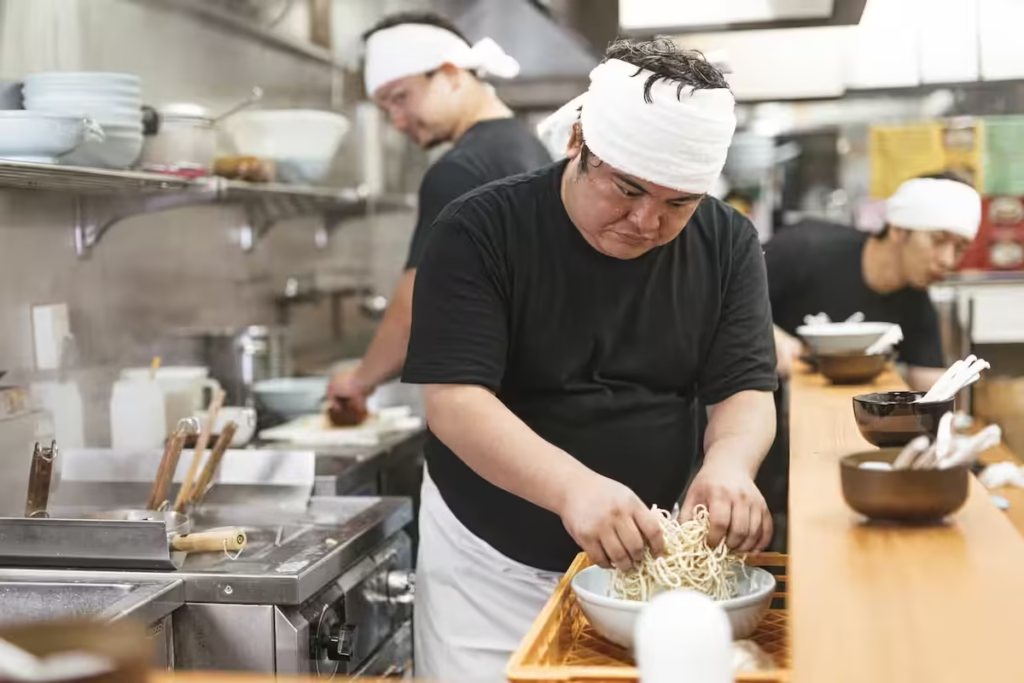
Japanese cooking techniques emphasize precision and quality. Methods such as grilling and fermenting not only enhance flavors but also promote sustainability. Techniques like shioyaki (salt grilling) showcase the ingredients’ natural tastes, while fermentation processes boost umami and preserve food. Furthermore, proper knife skills ensure ingredient integrity, allowing for beautiful presentation. The influence of these techniques can be seen in global culinary practices, where chefs adopt and adapt these methods for enhanced flavors and aesthetics.
Fusion of Flavors: East Meets West
The fusion of Japanese cuisine with Western cooking creates an exciting culinary landscape. Chefs worldwide embrace traditional Japanese ingredients and techniques, leading to innovative dishes that celebrate both cultures. Even a dietitian philadelphia recommends numerous Japanese dishes as a way of trying something new and healthy.
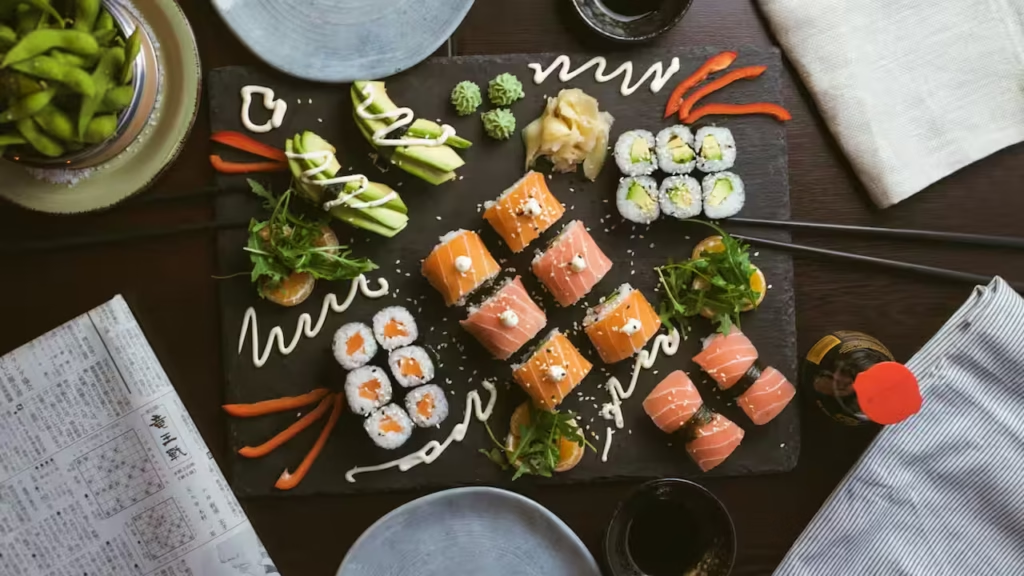
Photos taken by Jakub Dziubak
Incorporating Japanese Ingredients
We incorporate key Japanese ingredients into modern recipes, enhancing flavors and health benefits. Ingredients like miso, sake, and yuzu provide unique taste profiles that elevate dishes. Chefs utilize miso as a marinade, adding umami to meats and vegetables. Fresh wasabi and shiso leaves also find their way into salads and dressings, bridging traditional Japanese elements with contemporary cooking. The rise of green mountain pellet grills further complements these flavors, allowing for precise temperature control and enhanced smokiness in grilled dishes.
The Rise of Sushi and Ramen
Sushi and ramen experience significant global popularity, reflecting the fusion trend. Sushi restaurants thrive in major cities, offering diverse variations catered to local tastes. Chefs often experiment with ingredients like avocado and spicy mayonnaise, creating unique sushi rolls that appeal to broader palates. Similarly, ramen shops showcase regional styles, combining traditional broths with local ingredients, such as artisanal noodles and farm-fresh toppings. The successful integration of these dishes into Western menus underscores the influence of Japanese cuisine in shaping modern dining experiences.
Impact on Culinary Arts Worldwide
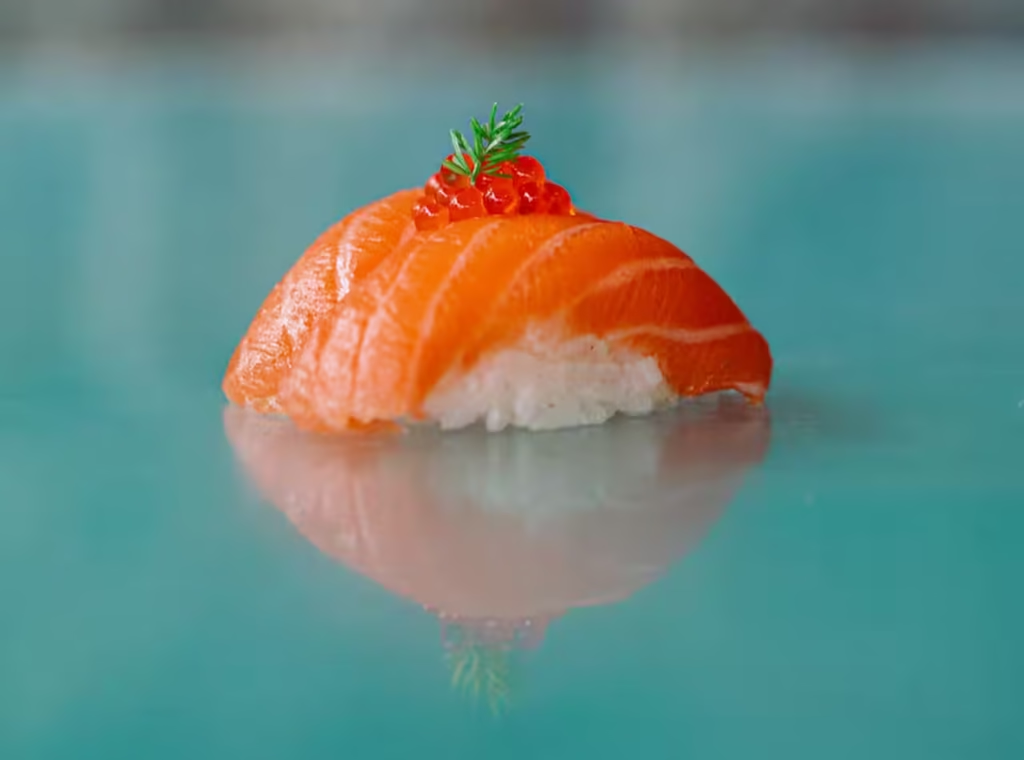
Photos taken by Ahtziri Lagarde
Japanese cuisine significantly shapes culinary arts globally, inspiring chefs and home cooks alike. Its focus on umami and ingredient quality encourages innovation across various culinary traditions. For a deeper understanding of these influences, check out the Japan National Tourism Organization.
Influence on Chefs and Restaurants
Influence from Japanese cuisine extends to chefs and restaurants, where professionals adopt techniques like precise knife skills and fermentation. Techniques enhance presentation and flavor in diverse dishes. Chefs utilize traditional ingredients like miso, soy sauce, and sake in modern recipes, blending these flavors with local elements. Notable is the emergence of sushi and ramen spots in major cities. As sushi bars feature creative rolls and ramen shops showcase inventive broths, these innovations reflect the impact of Japanese cooking on contemporary dining. High-grade ingredients prioritize flavor and sustainability, aligning with global culinary trends.
Adoption in Home Cooking
Adoption of Japanese culinary techniques by home cooks transforms everyday meals. Families embrace simple methods such as grilling and fermenting, enhancing the flavor profiles of their dishes. The use of ingredients like yuzu and miso becomes increasingly popular, offering health benefits and diverse tastes. Many home cooks incorporate green mountain pellet grills to achieve the ideal smokiness in grilled dishes reminiscent of shioyaki. This integration of traditional flavors demonstrates an ongoing appreciation for Japanese cooking’s influence. As more individuals explore these techniques, they gain a deeper understanding of their roots and the cultural significance tied to each dish.
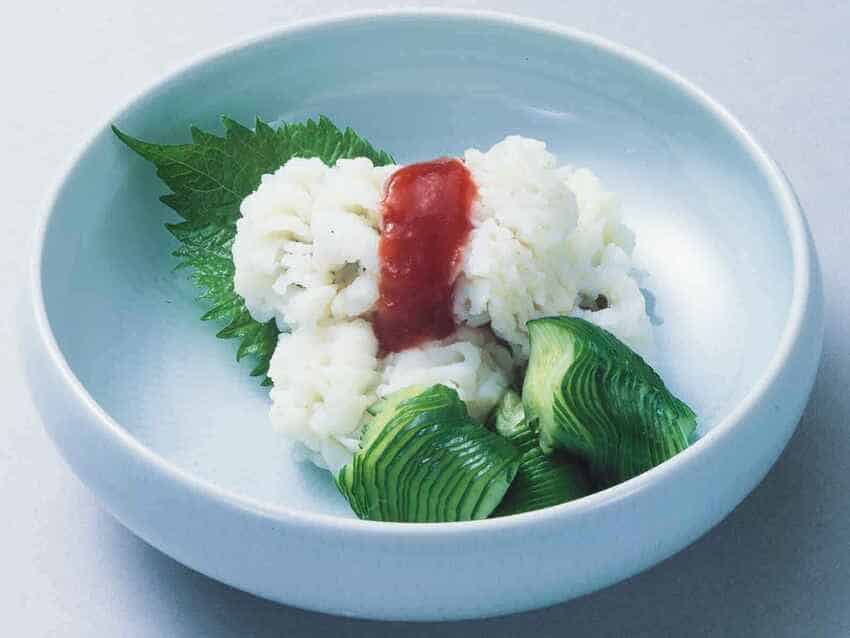
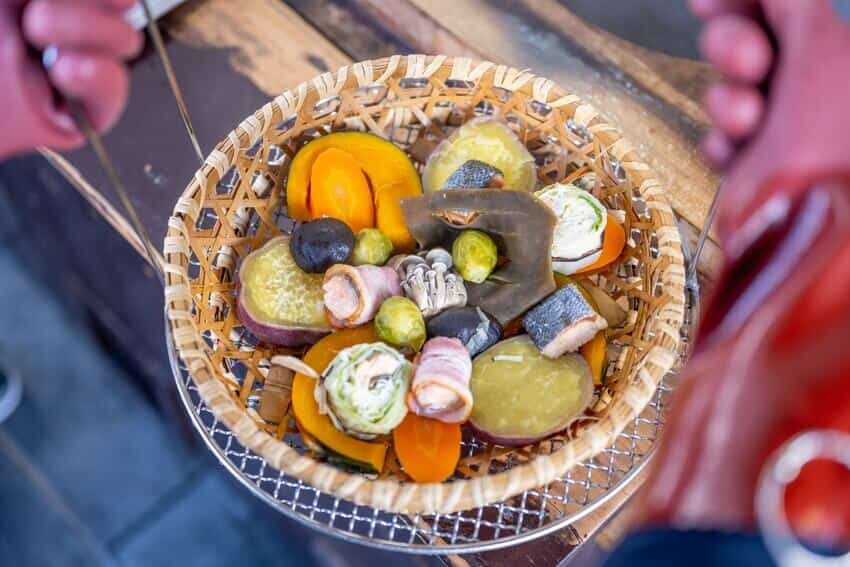
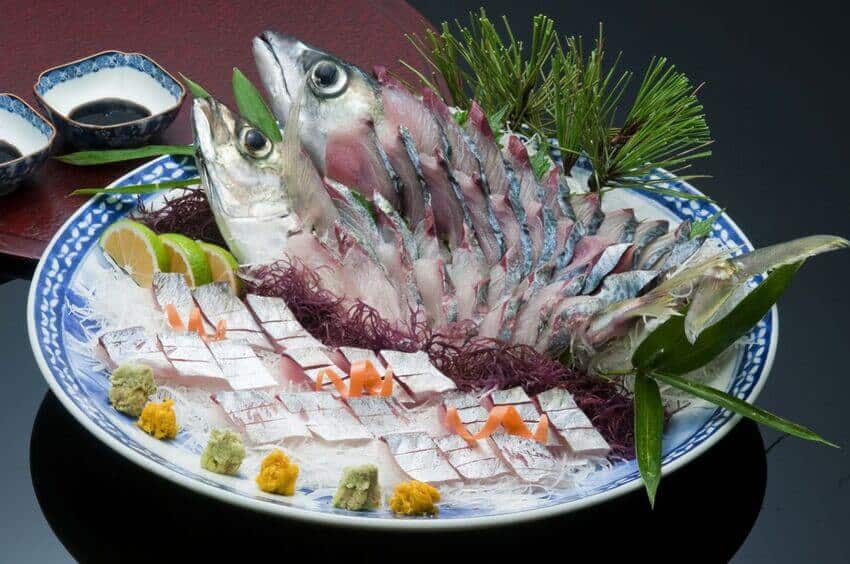
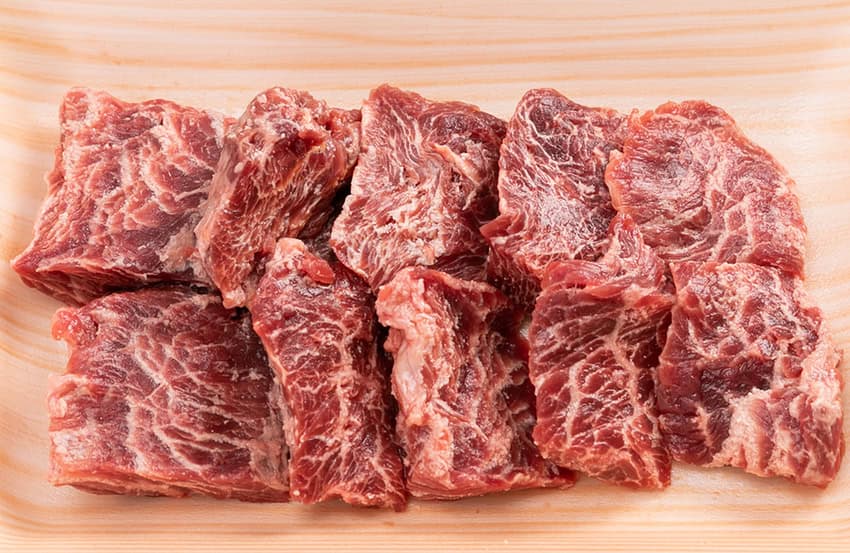
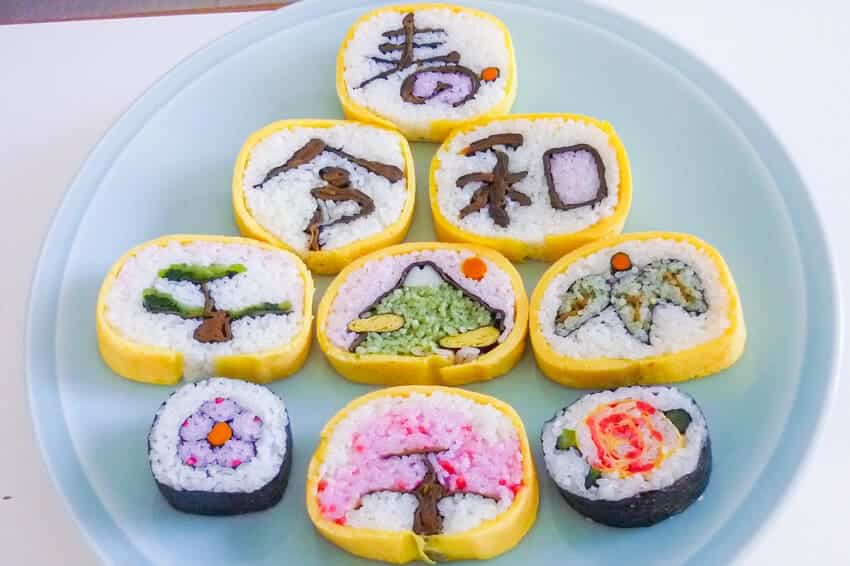

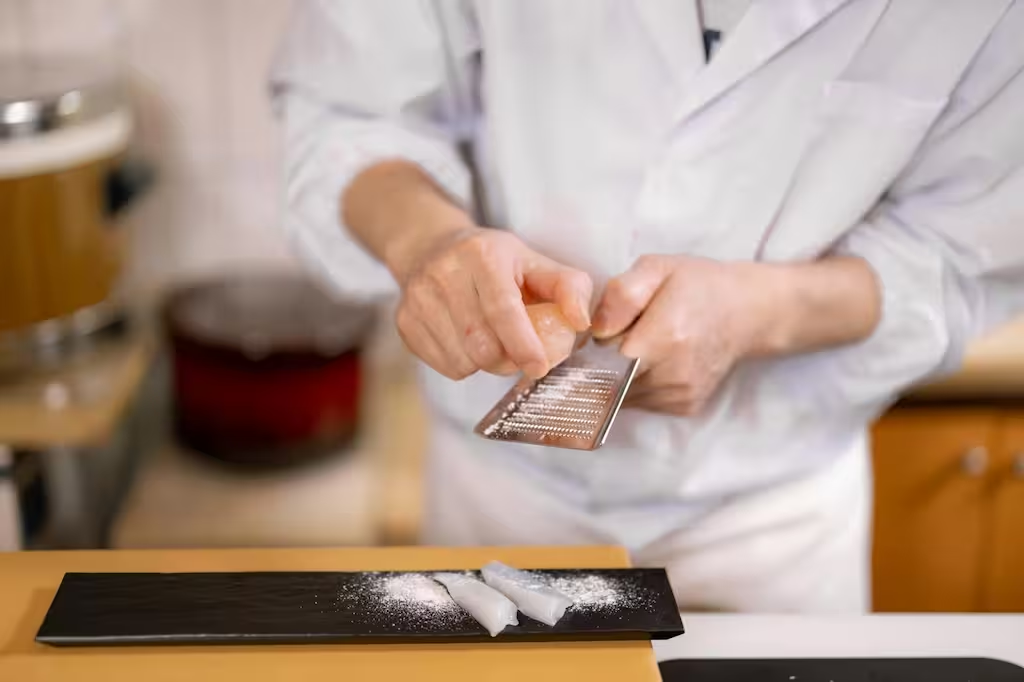
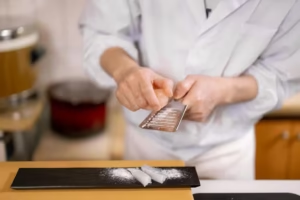
Comments